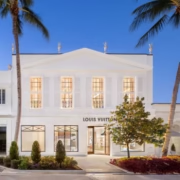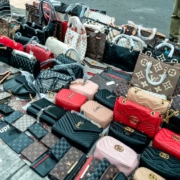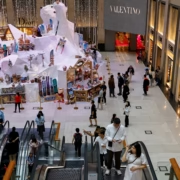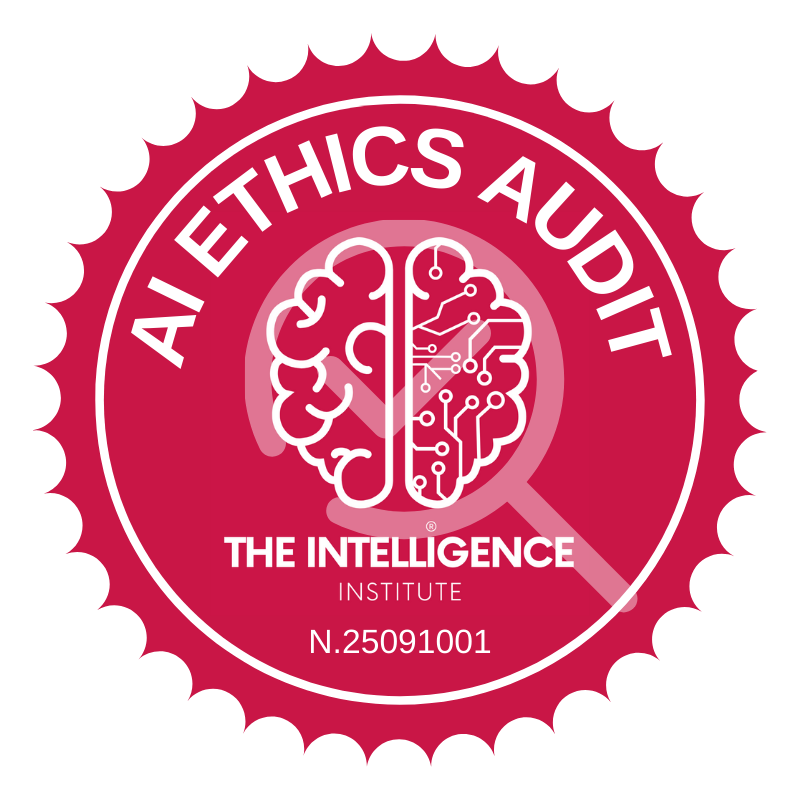Reports

Arab Luxury Market Set to Double by 2030: LUXONOMY™ Releases New Edition of the “Arab Luxury Report”
The market intelligence firm LUXONOMY™ has officially launched the latest edition of its strategic report…

LUXONOMY™ launches today its new strategic report “The Future of Luxury Tourism: Global Projections for 2030 and 2050”, a pioneering publication that analyzes the trends, risks, and opportunities that will shape the development of premium tourism in the coming decades. Aimed at investors, tour operators, luxury brands, and international organizations, the document offers an unprecedented overview of the sector from a forward-looking, ethical, and profitable perspective.

Morocco has positioned itself as an attractive destination for luxury real estate investment, combining exotic cultural richness with economic and political stability. The high-end market in the country encompasses exclusive residential properties—such as villas, traditional riads, and premium apartments—as well as commercial luxury assets, including boutique hotels, five-star resorts, and prime office spaces in urban centers. In recent years, positive trends in tourism, modern infrastructure, and open government policies have energized the sector. This report provides a comprehensive analysis of the Moroccan luxury real estate market, highlighting its current landscape, key regions, demand drivers, buyer profiles, flagship projects, price evolution, relevant public policies, foreign investment impact, and the role of tourism and infrastructure. It includes forecasts and potential scenarios through 2030, taking into account economic, social, technological, and geopolitical variables. Emerging opportunities and potential risks are also discussed.

Latin America’s luxury sector is entering a new phase of growth and transformation as it approaches 2030. Once a relatively small fragment of the global luxury market, the region is now emerging with a robust affluent consumer base and an expanding presence of high-end brands.
In the following report, we provide a comprehensive analysis of Latin America’s luxury sector through 2030. We will examine key product categories (from fashion and jewelry to real estate and experiences), perform a country-by-country analysis (focusing on Mexico, Brazil, Colombia, Chile, Argentina, and other emerging markets), and assess the competitive landscape (global luxury maisons versus local players). We also profile the Latin American luxury consumer – their demographics, behaviors, and cultural influences – and review the distribution channels that are shaping how luxury is bought and sold (including brick-and-mortar boutiques and the rise of e-commerce). Key trends and disruptions are discussed, such as digitalization, personalization, sustainability, the impact of AI, shifting mobility trends (e.g. electric vehicles), and evolving social and cultural attitudes. Finally, we present a growth outlook with market data (sales volumes, forecasts, and segmentations by category and country) and outline the strategic opportunities and challenges that luxury brands face in this region. Throughout, the focus is on Latin America’s specific context, backed by current data and reliable sources.
































